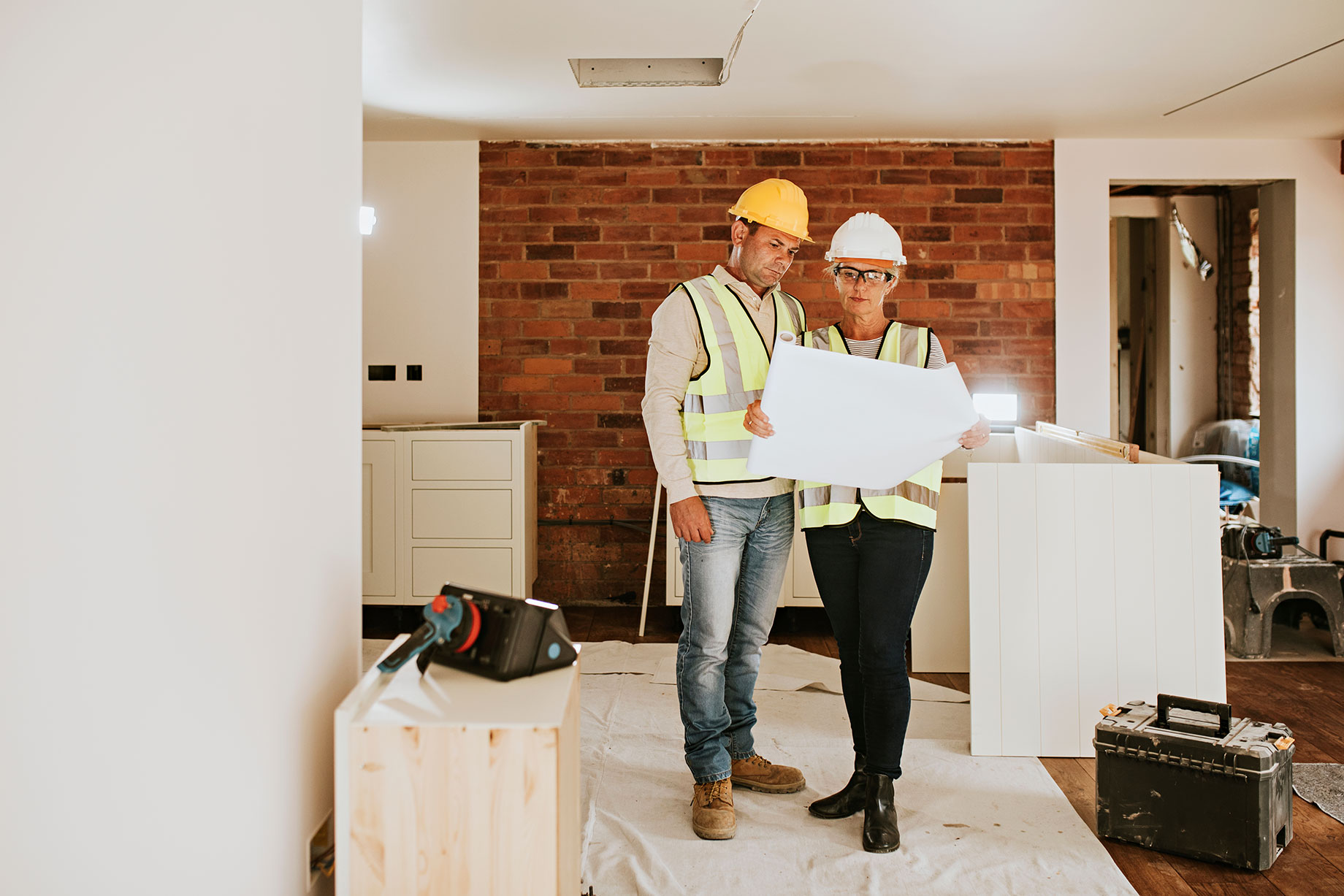
Planning a home remodeling project in Miami isn’t just about knocking down walls or picking pretty tiles. It’s about navigating local regulations, understanding the unique climate, and making smart decisions that boost both comfort and property value. Whether you’re upgrading a beachfront condo in South Beach or transforming a family home in Coral Gables, having a solid plan in place makes all the difference.
Here’s a step-by-step guide to help you plan your Miami home remodel—from concept to completion—with insights that only an experienced remodeling contractor in Miami can provide.
Step 1: Define Your Goals
Before you even think about blueprints or paint swatches, get clear on why you’re remodeling. Are you aiming to increase resale value, make the space more functional, or simply give your home a fresh new vibe?
Questions to ask yourself:
- What do I want to improve?
- What’s not working in the current layout?
- How long do I plan to stay in this home?
In Miami, it’s especially smart to factor in energy efficiency and hurricane-resistant features early on. Think impact windows, better insulation, and upgraded roofing materials.
Step 2: Set a Realistic Budget
Let’s be honest—Miami isn’t cheap, especially when it comes to home improvements. The cost of remodeling can vary wildly depending on the scope of work, materials, and labor rates.
Budget tips:
- Allocate 10–20% for unexpected expenses.
- Research average costs for your type of project in Miami (e.g., kitchen remodels typically run $20k–$60k).
- Decide what’s a “must-have” vs. a “nice-to-have.”
And don’t forget to factor in permit fees, which are required for most significant renovations in Miami-Dade County.
Step 3: Find the Right Contractor
This is a big one. Miami has its fair share of contractors—but not all are created equal. Look for licensed, insured professionals with experience in your type of remodel and solid local references.
Tips for choosing a contractor:
- Ask to see their Florida license and insurance.
- Check reviews and Better Business Bureau ratings.
- Get at least three quotes and detailed proposals.
A trusted local contractor like JMK Contractor, known for handling high-quality residential and commercial remodels in Miami, can help streamline the process and avoid costly mistakes.
Step 4: Get Permits and Approvals
Miami’s building codes are strict for a reason—weather. High winds, flooding, and salt air mean safety regulations are non-negotiable.
You’ll likely need permits for:
- Structural changes
- Electrical/plumbing updates
- Window replacements
- Roofing
Work with your contractor to submit plans to the Miami-Dade Building Department. Skipping this step could result in fines or delays down the line.
Step 5: Design Your Space
Now comes the fun part: bringing your vision to life. Whether you’re working with an architect, an interior designer, or using design software, now’s the time to make those aesthetic and functional decisions.
Consider Miami-specific elements:
- Moisture-resistant flooring like porcelain tile or luxury vinyl
- Light colors and open layouts for a breezy, coastal vibe
- Energy-efficient lighting and appliances to combat high utility bills
Try to finalize all design decisions before construction starts. Last-minute changes = major delays and budget blowouts.
Step 6: Plan for Temporary Living Arrangements
Depending on the size of your remodel, you might not be able to stay in your home while work is underway. For major renovations—especially kitchen or full-home gut jobs—it may be more practical (and less stressful) to stay elsewhere.
Options:
- Short-term rentals (many in Miami are vacation-ready)
- Family or friends nearby
- Sectioning off a livable part of the home (if possible)
- Make this decision early so you’re not scrambling later.
Step 7: Start the Construction Phase
Your contractor will now break ground—or start demo day, at least. During this time, stay in regular communication, ask for updates, and monitor progress.
Pro tips:
- Keep a project binder with contracts, receipts, and notes.
- Schedule regular walkthroughs.
- Be patient—weather and inspections can delay progress in Miami.
If you’re remodeling in summer, prepare for potential delays due to hurricane season or heavy rains.
Step 8: Final Inspection & Finishing Touches
Once the work is complete, your contractor will schedule any required final inspections. Only after passing these can the project be officially signed off.
What to do:
- Walk through the entire space and create a punch list of remaining tasks.
- Test everything—outlets, lights, plumbing, appliances.
- Get all warranty documents and final permits in writing.
Now it’s time to move back in, decorate, and enjoy your new space!
Final Thoughts
Remodeling a home in Miami takes more than a Pinterest board and a big checkbook. It requires smart planning, the right team, and a deep understanding of local codes and climate. But when done right, it can completely transform your lifestyle—and even boost your property value.